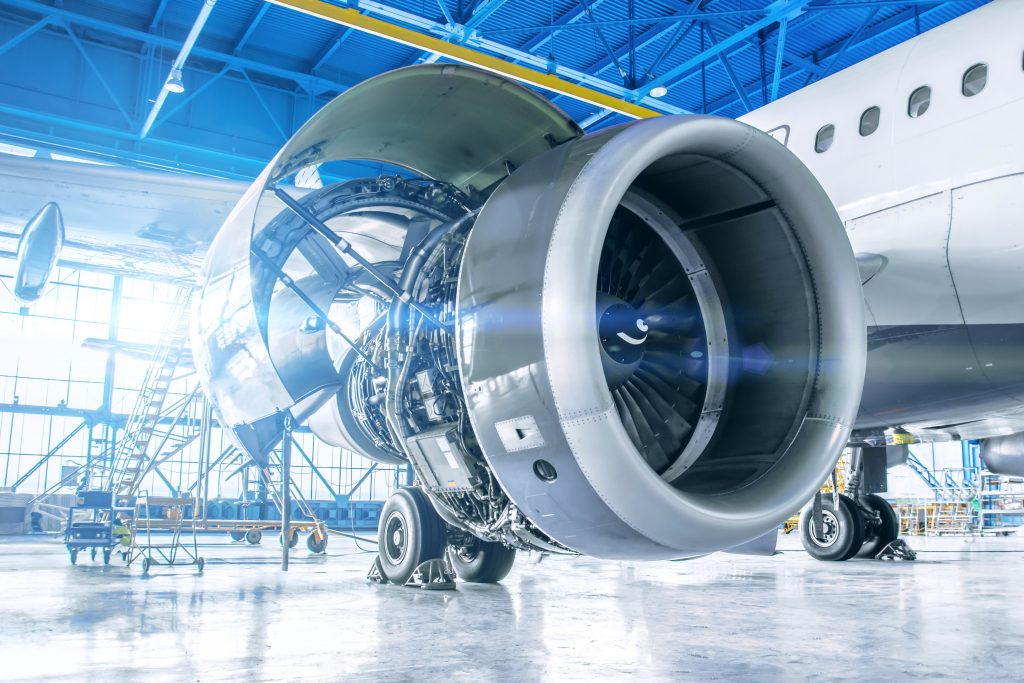
What aerospace manufacturers need is agility in their design and production processes to help mitigate the variability in supply and demand. Additive Manufacturing (AM) is one innovation in which aerospace companies have significantly invested to try to address some of their unique challenges.
What are the benefits of Additive Manufacturing?
Additive Manufacturing is accelerating the development phase and reducing time to market. In the virtual environment, it is possible to develop finished parts directly. Additionally, a single printer can build various complex parts with adjustable designs at the same time. Consequently, the need for larger plants and increased capital expenditure is lower.
Keys to success: 3DEXPERIENCE® platform
By using the Dassault Systèmes 3DEXPERIENCE® platform for the Additive Manufacturing software process, companies can establish a virtual twin of the machine and the behavior and parameters of the production process. The Virtual Twin Experience of the design and manufacturing processes enables the simulation and optimization of all aspects of production. With lead times shrinking and increasing needs to reduce cost this becomes an essential capability that all aerospace companies should be adopting.
Realizing the value of AM
Considering the benefits from both the physical and virtual capabilities, companies can realize improvements in many areas:
- Reduction of lead times and material costs by accelerating the speed of incorporating engineering and manufacturing change
- Maximizing ROI and “buy-to-fly” ratios on AM investments with increased accuracy and output through efficient use of machine and material
- Life cycle time savings for structural parts manufacturers by moving away from an expensive ‘design – build – test’ approach to a ‘right-first-time’ approach
- Printing replacement parts on demand to reduce inventory carrying costs and improve logistics and support in (especially in remote locations or for military operations)
- Simplifying the supply chain by using 3D printing to manufacture end-use parts in-house and mitigating the risk of supply chain disruptions
By integrating AM into virtual design and production, companies are achieving the digital transformation that is necessary. Not only will they benefit from reductions in the cost of material and capital expense, they also achieve the critical agility needed to reduce time to market and remain competitive in the industry.

